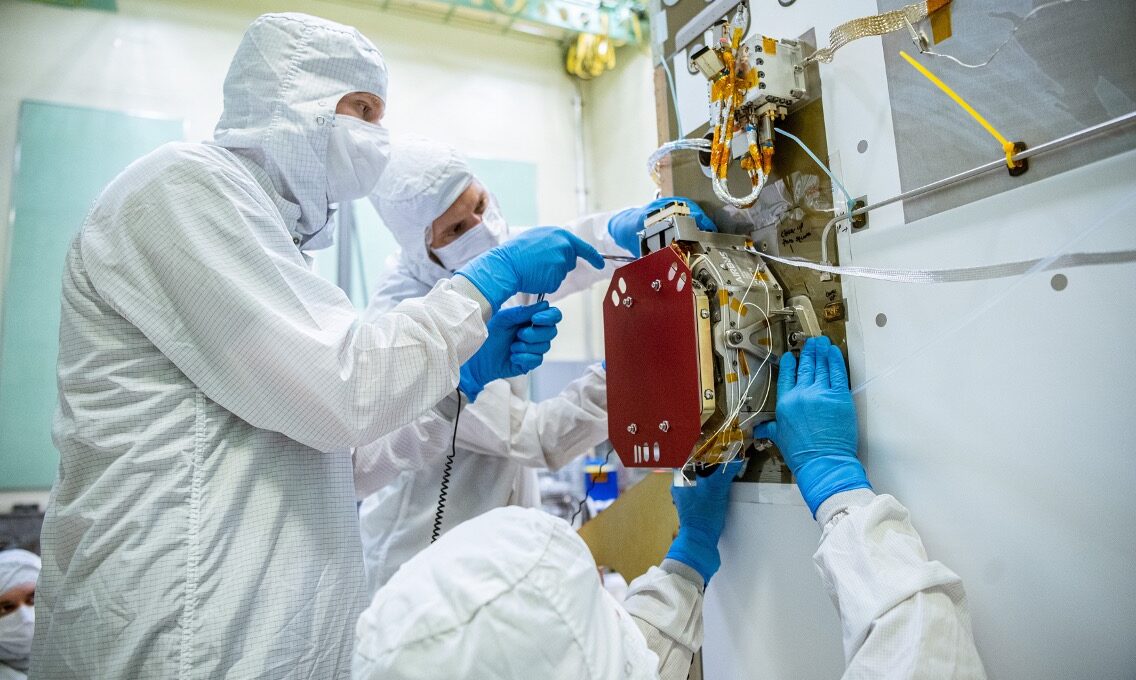
A new piece of the climate puzzle
SURF, the Dutch organisation renowned for providing high-performance computing, data storage, and digital services to support research and education, plays a pivotal role in NASA’s PACE (Plankton, Aerosol, Cloud, ocean Ecosystem) mission. Central to this mission is the Dutch-built SPEXone instrument, designed to measure aerosols and clouds—key elements in understanding global warming.
Tension at the launch base
On a cloudy night in February at Cape Canaveral, NASA successfully launched the PACE satellite, carrying SPEXone, a project that took SRON researcher Otto Hasekamp and his team six years to complete. As the rocket soared skyward, relief swept over the team, marking the beginning of a critical mission for climate research.
Climate change and aerosols
NASA’s PACE mission aims to study the impact of ocean and atmospheric particles, many of which are invisible to the naked eye, on climate change. SPEXone focuses on understanding the role of aerosols—tiny particles like sea salt, dust, and soot—that both cool the atmosphere by reflecting sunlight and contribute to cloud formation, which can further reflect sunlight.
However, the exact extent of this cooling effect remains unclear. As Hasekamp explains, cleaner air in the future could accelerate global warming as aerosols, which counteract some greenhouse gas effects, are reduced. “It sounds contradictory, but reducing air pollution, though essential for health, could cause the atmosphere to heat up faster,” says Hasekamp.
Unlocking climate mysteries
SPEXone’s cutting-edge technology, developed by SRON and Airbus Netherlands, captures light scattered by aerosols to reveal key details about their properties. By measuring how light reflects and absorbs, scientists can deduce aerosol size and behavior—crucial data for improving climate models.
Processing this data is a computationally intensive task, and SURF’s Spider platform is at the heart of it. Each year, SPEXone will generate approximately 50 terabytes of data, which NASA formats before passing to SURF. There, complex algorithms convert light measurements into actionable climate data, a process that requires optimisation at the start of the mission.
A clearer picture of Earth’s future
As the PACE satellite begins its rounds, the first results from SPEXone are being processed on SURF’s systems. This data will be available to scientists worldwide, helping to unravel the complex interactions between aerosols, clouds, and climate. These insights are expected to shed new light on how our planet’s climate will evolve in the coming years.
This is an edited version of a story first published on the SURF website: A new piece of the climate puzzle
For more information please contact our contributor(s):

